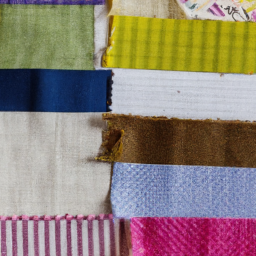
Fabrics are versatile materials that play a fundamental role in our everyday lives. They are used extensively in the fashion industry, interior design, and various other applications. But have you ever wondered where these fabrics are made? Let’s explore!
1. Cotton:
Cotton is one of the most popular fabrics worldwide and is produced in several countries. The largest producers of cotton include China, India, and the United States. These countries have favorable climates and extensive farming operations dedicated to growing and harvesting cotton fibers. Once harvested, the cotton fibers undergo processing to eliminate impurities, resulting in the soft fabric we know and love.
2. Silk:
Silk, a luxurious and delicate fabric, has a rich history rooted in countries like China, India, and Thailand. China is renowned for its silk production, dating back thousands of years. The precise and intricate process of silk production involves breeding silkworms and harvesting their cocoons. Skilled artisans then unravel the cocoons to obtain the silk threads, which are later woven into exquisite fabrics.
3. Wool:
Wool, known for its warmth and insulation properties, is derived from sheep and other mammals like alpacas and goats. Countries such as Australia, China, and New Zealand are major producers of wool. These regions have vast grasslands that support large populations of sheep. After shearing the animals, the wool is processed, cleaned, and transformed into various types of fabric, including cozy sweaters and blankets.
4. Polyester:
Polyester, a synthetic fabric, is widely used in clothing and upholstery due to its durability and affordability. It is primarily manufactured in countries with advanced textile industries, including China, India, and the United States. Polyester is made from petroleum-based products through a chemical process called polymerization. The resultant fibers are then spun, woven, or knitted into polyester fabric.
5. Linen:
Linen, a lightweight and breathable fabric, is derived from flax plants. The production of linen is concentrated in Europe, particularly in countries such as Belgium, France, and the Netherlands. The flax plants are harvested, dried, and processed to extract their fibers, which are transformed into linen fabric. The cool and comfortable nature of linen makes it a popular choice for summer clothing.
In conclusion, fabrics are made in various countries across the globe, each specializing in specific materials. Whether it’s the cozy warmth of wool, the luxurious feel of silk, or the versatility of polyester, the manufacturing processes involved in creating fabrics contribute to the diverse range of materials we have today.
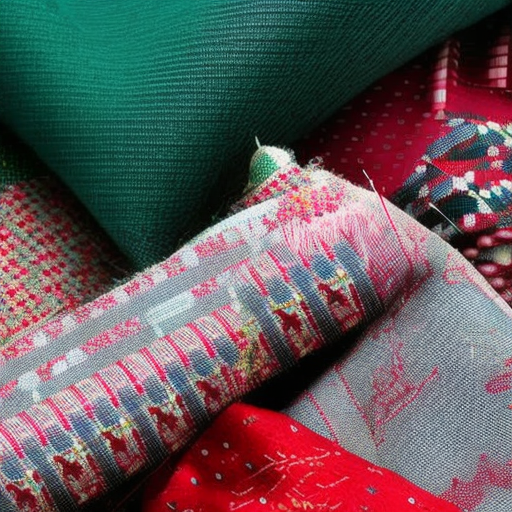
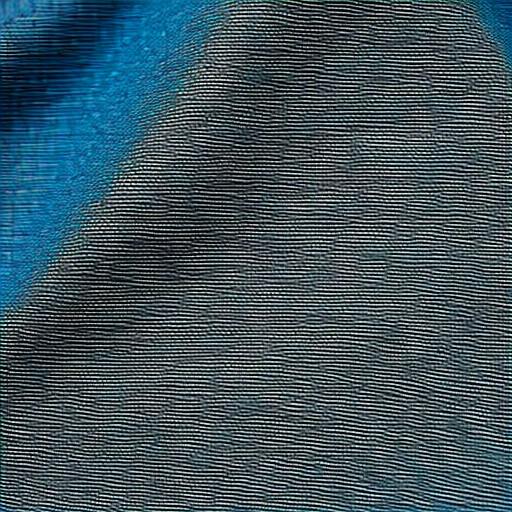
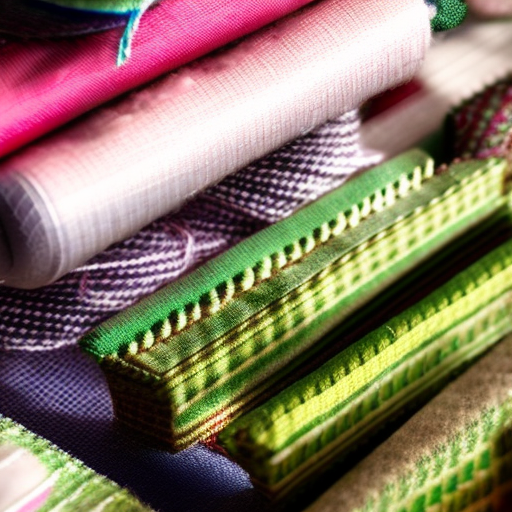
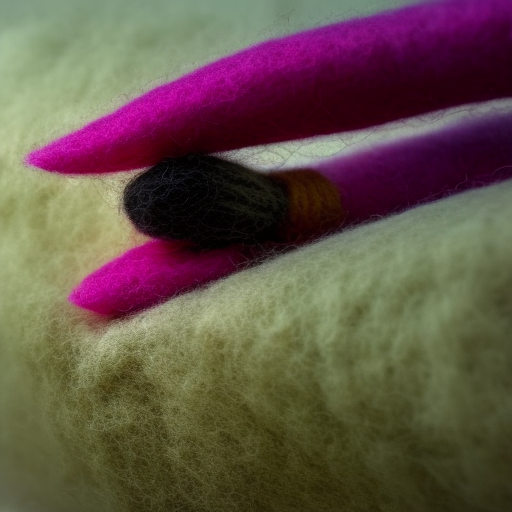
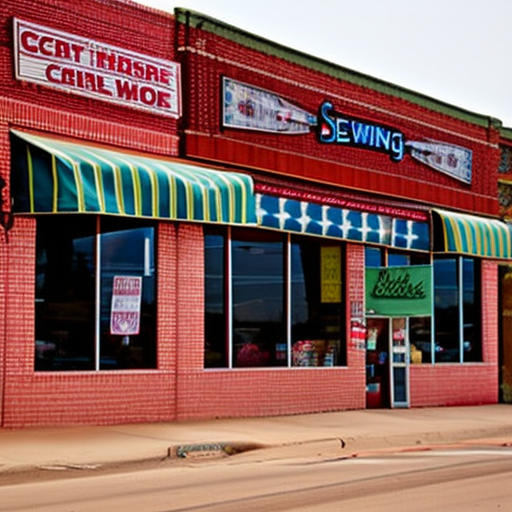
Interesting question! #curious
Nneka Lacy: Fabric can be created from different materials, so the place of origin could vary.
This is such an interesting question! Fabrics come in all shapes and sizes and can be sourced from a variety of places around the world. With man-made fibres like polyester, nylon, and acrylic, often from synthetic polymer extracted from petroleum, the production of some fabrics can take place in chemical plants or factories. Natural fabric production, made from plant or animal based fibre, often takes place in small, artisan workshops or cooperatives located wherever the raw material is sourced from. There is so much fascinating history to explore behind the origins of fabrics, it makes for a great conversation starter! #fabriccreation